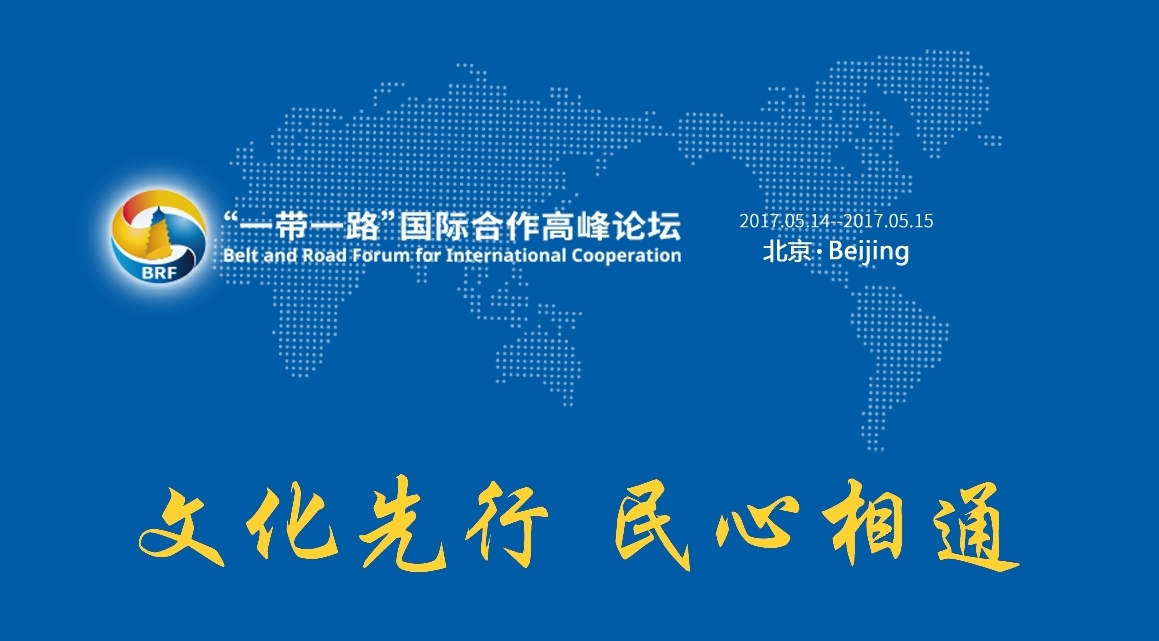
漢德百科全書 | 汉德百科全书
 手拉手
手拉手

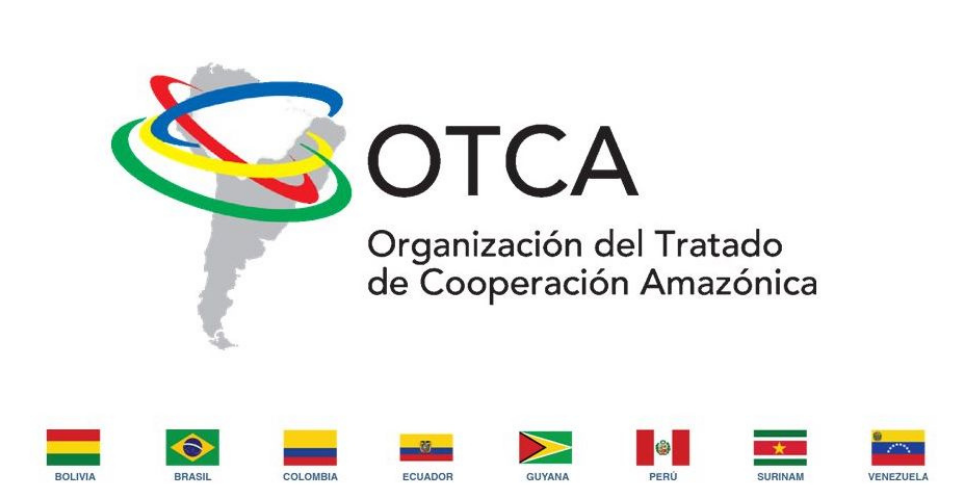
Die OTCA (port.: Organização do Tratado de Cooperação Amazônica / span.: Organización del Tratado de Cooperación Amazónica / engl.: Amazon Cooperation Treaty Organization (ACTO) / niederl.: De Organisatie van de Overeenkomst voor Amazonische Samenwerking (OOAS) ) – tratado heißt im Spanischen und Portugiesischen so viel wie „Staatsvertrag“ – ist die am 2. September 2003 aus dem Amazonaspakt (Tratado de Cooperación Amazonica, TCA) hervorgegangene Organisation der acht Amazonas-Anrainerstaaten.
Der Amazonaspakt wurde 1978 ins Leben gerufen um die Zusammenarbeit der Amazonasländer zu stärken, damals in erster Linie mit dem Ziel, die jeweilige nationale Souveränität über die amazonischen Territorien gegenüber internationalen Interessen durchzusetzen. Später rückte der Gedanke der nachhaltigen Entwicklung Amazoniens immer stärker in den Vordergrund der Aktivitäten des Bündnisses.
Sitz ist seit der Gründung Brasília.
亚马逊合作条约组织是一个旨在促进亚马逊盆地可持续发展的国际组织。其成员国有:玻利维亚、巴西、哥伦比亚、厄瓜多尔、圭亚那、秘鲁、苏里南和委内瑞拉。[1]
《亚马逊合作条约》(Amazon Cooperation Treaty,ACT) 于1978年7月3日签署, 1998年修订。为了监督该条约的实施,1995年,亚马孙合作条约组织成立。2002年,该组织在巴西利亚设立了秘书处。
 亚太经济合作组织
亚太经济合作组织

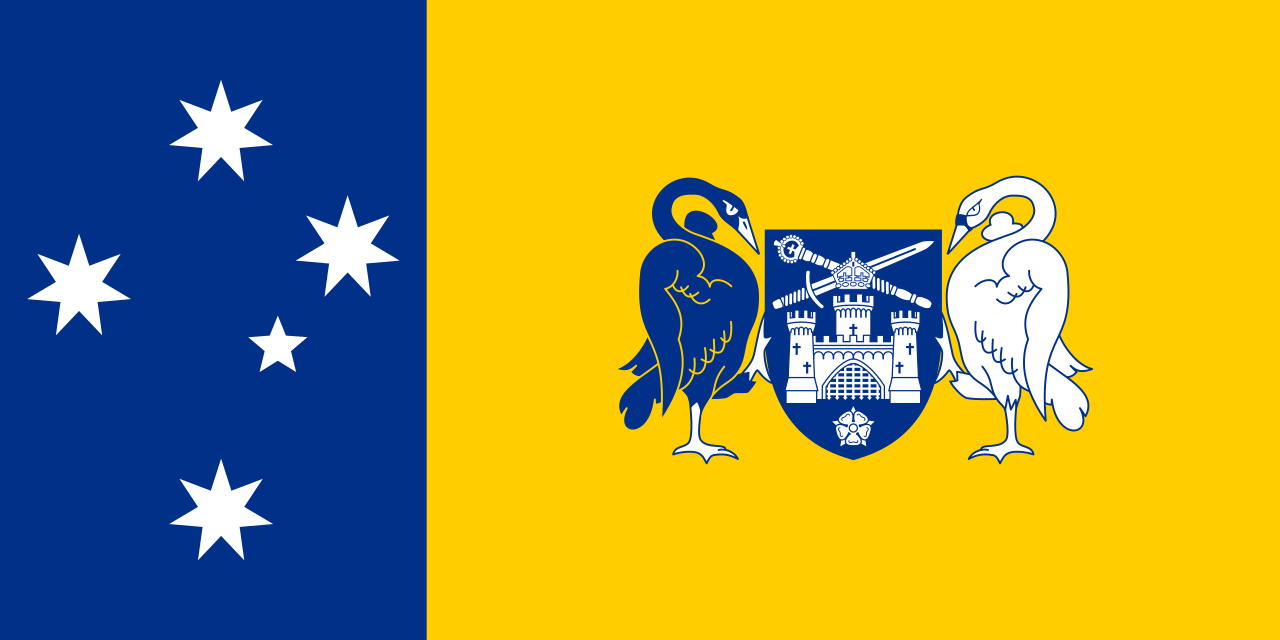 澳大利亚首都领地
澳大利亚首都领地
 澳大利亚
澳大利亚
 北京市-京
北京市-京

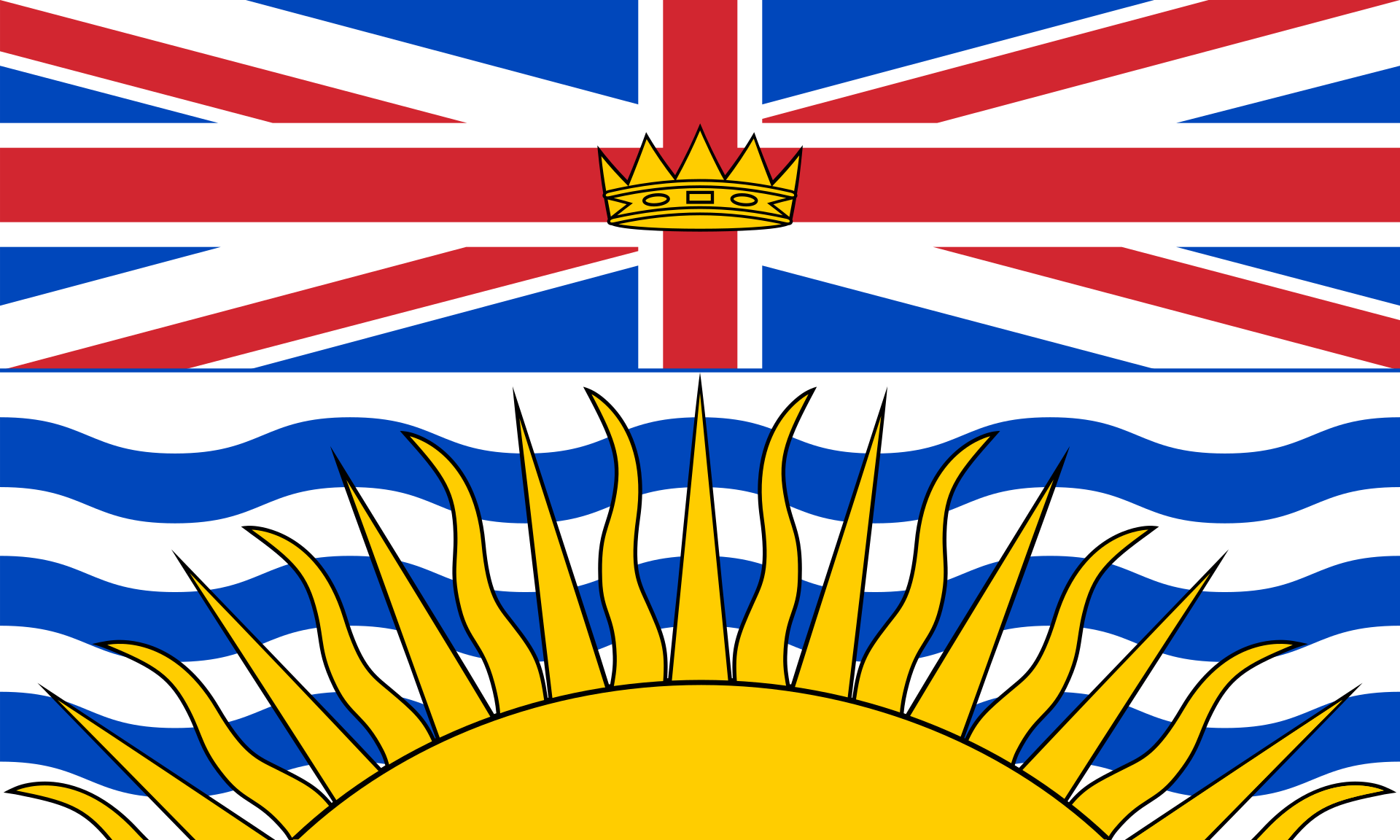 不列颠哥伦比亚省
不列颠哥伦比亚省
 文莱
文莱
 智利
智利
 中国
中国

 手拉手
手拉手

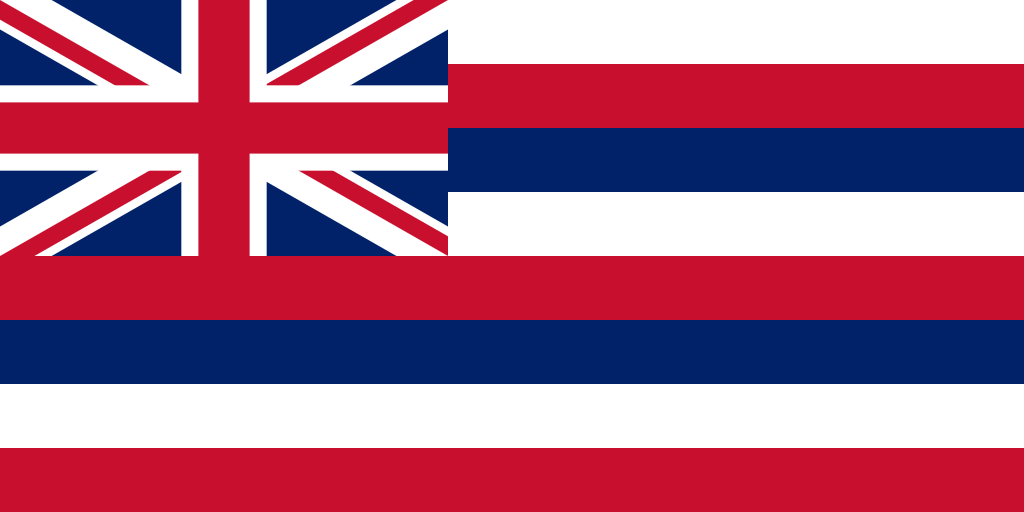 夏威夷州
夏威夷州
 香港特别行政区-港
香港特别行政区-港
 印度尼西亚
印度尼西亚
 日本
日本
 加拿大
加拿大
 关东地方
关东地方
 近畿地方
近畿地方
 马来西亚
马来西亚
 墨西哥
墨西哥
 新西兰
新西兰

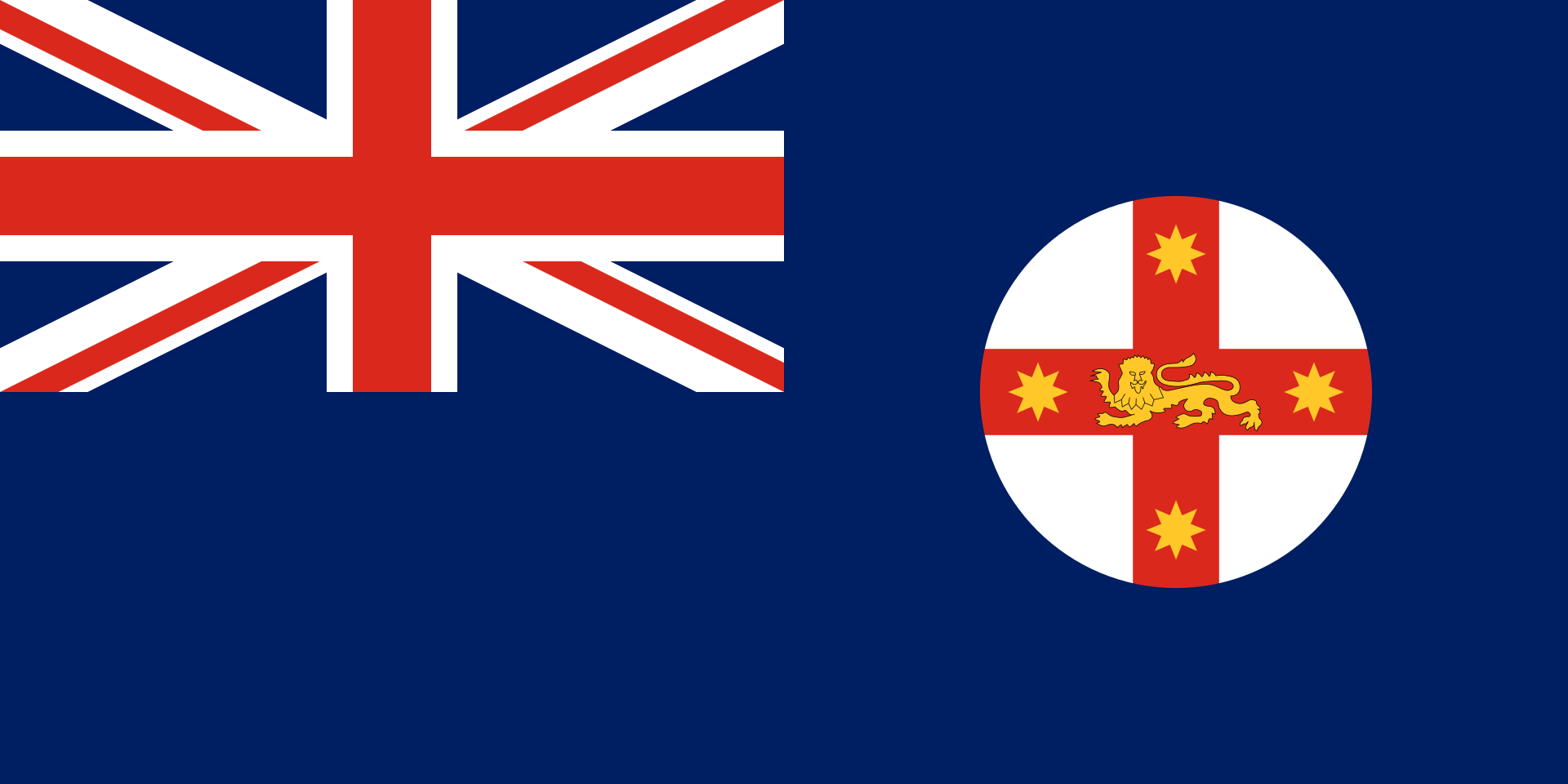 新南威尔士州
新南威尔士州
 巴布亚新几内亚
巴布亚新几内亚

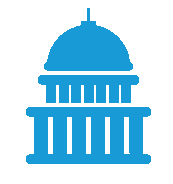 政党和政府组织
政党和政府组织

 政党和政府组织
政党和政府组织
 亚太经济合作组织
亚太经济合作组织
 秘鲁
秘鲁
 菲律宾
菲律宾
 韩国
韩国
 俄罗斯
俄罗斯
 上海市-沪
上海市-沪
 新加坡
新加坡
 台湾省-台
台湾省-台
 泰国
泰国
 美国
美国
 越南
越南

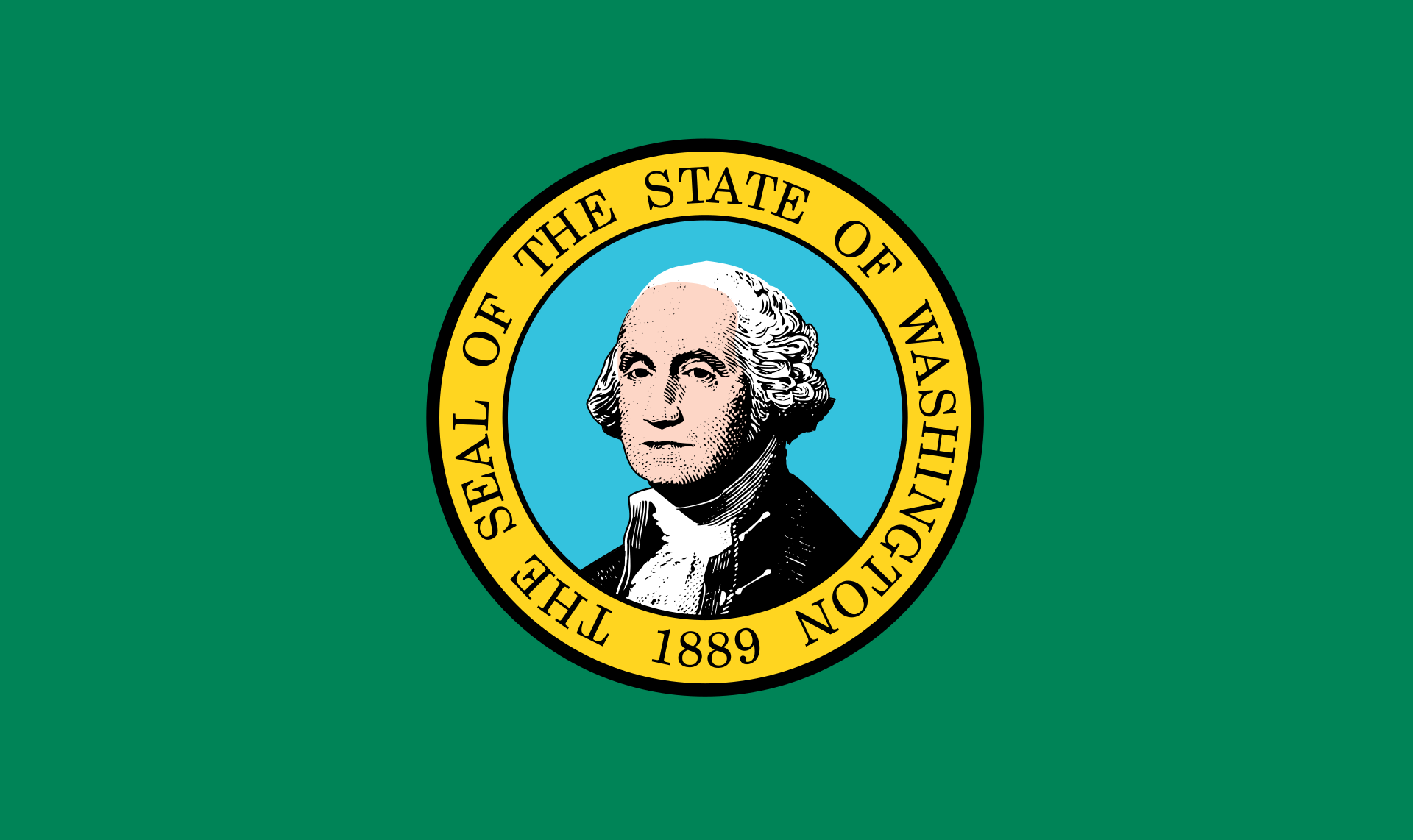 华盛顿州
华盛顿州

 重要的国际组织
重要的国际组织

Die Asiatisch-Pazifische Wirtschaftsgemeinschaft (für englisch Asia-Pacific Economic Cooperation, kurz APEC, auch übersetzt als Asiatisch-Pazifische Wirtschaftskooperation oder Asien-Pazifik-Forum) ist eine internationale Organisation, die es sich zum Ziel gesetzt hat, im pazifischen Raum eine Freihandelszone einzurichten.
In den 21 APEC-Staaten lebt knapp die Hälfte der Weltbevölkerung. Der Wirtschaftsraum erbringt mehr als die Hälfte der Weltwirtschaftsleistung und ist eine der am schnellsten wachsenden Wirtschaftsregionen der Welt.
亚太经济合作组织(简称亚太经合组织;英语:Asia-Pacific Economic Cooperation,缩写:APEC),是亚太区内各地区之间促进经济成长、合作、贸易、投资的论坛。此组织的创办在历史上取代了该区域的冷战结构,但由于日本在该区域会因过去历史记忆引发负面评价,所以由澳大利亚主导创始事项[1]。
始设于1989年,现有21个经济体成员。亚太经合组织是经济合作的论坛平台,其运作是通过非约束性的承诺与成员的自愿,强调开放对话及平等尊重各成员意见,不同于其他经由条约确立的政府间组织。“APEC”与“Asia-Pacific Economic Cooperation”均是亚太经济合作组织的注册商标。[2]
アジア太平洋経済協力会議(アジアたいへいようけいざいきょうりょくかいぎ、英: Asia-Pacific Economic Cooperation)は、環太平洋地域における多国間経済協力を進めるための非公式なフォーラム[2]である。略称、APEC(エイペック[3][4])。
「アジア太平洋」という概念が最初に打ち出されたのは、永野重雄が1967年に発足させた太平洋経済委員会(PBEC)という経済団体の設立時であるとされるが[5][6][7]、具体的にこうした地域概念が政府レベルの協力枠組みに発展する萌芽は、1978年、日本の大平正芳首相が就任演説で「環太平洋連帯構想」を呼びかけたことにある。これを具体化した大平政権の政策研究会「環太平洋連帯研究グループ」(議長:大来佐武郎、幹事佐藤誠三郎)の報告を受け、大平がオーストラリアのマルコム・フレイザー首相に提案して強い賛同を得たことが、1980年9月の太平洋経済協力会議(PECC)の設立につながった。PECCは地域における様々な課題を議論し研究するセミナーといった趣のものであったが、これを土台にして、各国政府が正式に参加する会合として設立されたのが、APECである[8][9]。
APECは、1989年にオーストラリアのホーク首相の提唱で、日本・アメリカ合衆国・カナダ・韓国・オーストラリア・ニュージーランド及び当時の東南アジア諸国連合(ASEAN)加盟6か国の計12か国で発足し、同国のキャンベラで閣僚会議(Ministerial Meeting)を開催した。また、1993年には米国のシアトルで初の首脳会議(Economic Leaders' Meeting)がもたれた。現在は、首脳会議、及び、外相、経済担当相による閣僚会議をそれぞれ年1回開いている。シンガポールに常設事務局を置き、開催国から任期1年で事務局長が選任されている[10]。 参加しているメンバーは、21カ国・地域で、2012年現在、人口では世界の41.4%、GDP(国内総生産)では57.8%、貿易額では47%を占めている。
APECは、開かれた地域協力によって経済のブロック化を抑え、域内の貿易・投資の自由化を通じて、世界貿易機関(WTO)のもとでの多角的自由貿易体制を維持・発展することを目的としてきたが、近年のWTOの新ラウンドの停滞や自由貿易協定締結の動きの活発化などによって、その存在意義が問われている。
Asia-Pacific Economic Cooperation (APEC) is an inter-governmental forum for 21 Pacific Rim member economies[2] that promotes free trade throughout the Asia-Pacific region. Inspired from the success of Association of Southeast Asian Nations (ASEAN)’s series of post-ministerial conferences launched in the mid-1980s, the APEC was established in 1989 in response to the growing interdependence of Asia-Pacific economies and the advent of regional trade blocs in other parts of the world; and to establish new markets for agricultural products and raw materials beyond Europe.[3][4][5] Headquartered in Singapore, the APEC is recognised as one of the oldest forums and highest-level multilateral blocs in the Asia-Pacific region, and exerts a significant global influence.[6][7][8][9][10][11]
An annual APEC Economic Leaders' Meeting is attended by the heads of government of all APEC members except Republic of China (Taiwan) (which is represented by a ministerial-level official under the name Republic of China as economic leader).[12] The location of the meeting rotates annually among the member economies, and a famous tradition, followed for most (but not all) summits, involves the attending leaders dressing in a national costume of the host country. APEC has three official observers: the Association of Southeast Asian Nations Secretariat, the Pacific Economic Cooperation Council and the Pacific Islands Forum Secretariat.[13] APEC's Host Economy of the Year is considered to be invited in the first place for geographical representation to attend G20 meetings following G20 guidelines.[14][15][16][17]
La Coopération économique pour l'Asie-Pacifique (en anglais : Asia-Pacific Economic Cooperation, APEC) est un forum économique intergouvernemental visant à faciliter la croissance économique, la coopération, les échanges et l'investissement de la région Asie Pacifique. Elle se réunit chaque année1.
L'Asia-Pacific Economic Cooperation (APEC), ossia Cooperazione Economica Asiatico-Pacifica, è un organismo nato nel 1989 allo scopo di favorire la cooperazione (o, più in generale, la crescita) economica, il libero scambio e gli investimenti nell'area asiatico-pacifica. Tale area (come suggerisce il logo stesso dell'APEC) coincide non solo con l'Asia Pacifica, ma potenzialmente con l'intero Pacific Rim.
L'APEC ha sede a Singapore, Paese considerato una delle tigri dell'Asia.
Dal punto di vista del diritto internazionale l'APEC si definisce organismo e non organizzazione internazionale perché, essendo composto da economie e non da Stati, è privo di una piena personalità giuridica. Ciò spiega, fra l'altro, come mai possano farne parte contemporaneamente la Cina continentale, Hong Kong e Taiwan, ossia tre realtà che, territorialmente (secondo Pechino e secondo tutti i governi che intrattengono relazioni diplomatiche con Pechino), appartengono a un unico Stato: la Repubblica Popolare di Cina.
APEC (Asia-Pacific Economic Cooperation, en español Foro de Cooperación Económica Asia-Pacífico) es un foro multilateral creado en 1989, con el fin de consolidar el crecimiento y la prosperidad de los países del Pacífico, que trata temas relacionados con el intercambio comercial, coordinación económica y cooperación entre sus integrantes.1
Como mecanismo de cooperación y concertación económica, está orientado a la promoción y facilitación del comercio, las inversiones, la cooperación económica y técnica y al desarrollo económico regional de los países y territorios de la cuenca del océano Pacífico. Fomentando un crecimiento económico inclusivo, equitativo, sustentable e innovador.2
La suma del Producto Nacional Bruto de las veintiuna economías que conforman el APEC equivale al 56 % de la producción mundial, en tanto que en su conjunto representan el 46 % del comercio global.
La APEC no tiene un tratado formal. Sus decisiones se toman por consenso y funciona con base en declaraciones no vinculantes. Tiene una Secretaría General, con sede en Singapur, que es la encargada de coordinar el apoyo técnico y de consultoría. Cada año uno de los países miembros es huésped de la reunión anual de la APEC. La vigésimo novena cumbre se realizó en noviembre de 2017 en Da Nang, Vietnam; y la próxima será en Santiago, Chile.
Азиатско-Тихоокеанское экономическое сотрудничество (АТЭС) (англ. Asia-Pacific Economic Cooperation, APEC) — форум 21 экономики Азиатско-Тихоокеанского региона для сотрудничества в области региональной торговли и облегчения и либерализации капиталовложений.
Целью АТЭС является повышение экономического роста, процветания в регионе и укрепление азиатско-тихоокеанского сообщества. В экономиках-участницах проживает около 40 % мирового населения, на них приходится приблизительно 54 % ВВП и 44 % мировой торговли[1].

研究生入学考试(英语:Graduate Record Examinations,GRE),是由私立的美国教育考试服务中心(ETS)主办的标准化考试,用来测验大学毕业生的知识技能掌握情况。[1]在很多英语国家特别是美国,GRE成绩被作为研究生录取的标准之一。如今在欧洲、亚太地区的德国、香港、新加坡等地,也有越来越多的大学把GRE作为英语授课课程录取标准之一。1949年,ETS创办、并执行考试任务,[2]旨在检测学生在长时间学习过程中积累的词汇、数量分析、分析性写作、批判性思维,但并不特定某一专业领域。GRE考试由合格的测试中心主持提供机考。
GRE成绩在研究生院录取当中的重要程度视院校与情况的不同而不同。有时,GRE成绩只作为参考使用,有时则是选拔的关键指标。GRE在2011年8月进行了改版,导致考试不仅仅是依据考题作为回答基础,而且具有选择性,即在回答词汇和数学第一部分的情况会决定第二部分的难度。从总体上来看,考试维持了老版的许多形式,但是成绩尺度由200-800改为了130-170。考试费用依据开考国家的不同由US$130到$210不等,ETS会在某些特定的情况下进行费用的减免,并向贫困生提供助学金。[3]虽然一些院校接受超过5年以上的成绩,但是ETS在满5年就不再发放成绩单了。
GRE考试分为普通(General)和专项(Subject)两部分。在美国,报考研究生经常需要递交普通GRE考试成绩。很多专业因为没有合适的GRE专科考试而不要求此项成绩。
考试形式
考试在ETS于全球各地专设的考场中进行。目前普通GRE大多是在电脑上答题,少数地方由于技术条件,使用纸笔进行。专科GRE使用纸笔考试。香港、台湾、韩国和中国大陆的普通考试则为分卷进行,第一部分为写作,于电脑上应考。第二部分的词汇和定量推理,用纸笔考试,在每年六月和十月举行两次,于第一部分完成后自动登记。
普通考试
考测英文词汇推理、定量推理、批判性思考和分析写作的能力。机考GRE General考试包涵六部分。第一部分总会是分析性写作,包括观点题(issue task)和回应题(argument task)。剩下的五部分包括两个词汇(Verbal section)部分、两个计量(Quantitative section)部分,一个实验(Experimental section)或研究(Research)部分。这五部分可能以任意顺序出现。与之前的版本不同,新考试允许考生在章节内任意跳转选答问题。整个考试约为3小时45分钟。[4]每部分完成后都有1分钟的休息时间,在第三部分完成后有10分钟的休息时间。无法进行机考的地区提供会有笔试GRE General考试提供,包括六个部分。分析性写作被分为两部分,依然是观点题和回应题。剩下的四部分包括两个词汇题和两个数量题,以不同的顺序出现。笔试没有实验题。
分析性写作
分析性写作(英语:Analytical Writing)分两部分,第一部分为观点题(issue),提供一题作答,满分为6分,内容通常是对于社会、科学、历史、哲学、政治等方面的观点进行评论;第二部分为回应题(argument),一题必答,满分为6分,内容通常是对给定情景中推理的驳斥。写作部分总分为两部分分数的平均值;每一部分分数间差异的最小单位为0.5分。本部分必须在电脑上作答,电脑只提供基本功能,不包含拼写检查和更高级的功能。若文章被判为雷同,ETS将取消考生考试成绩。答卷由至少两名评判员来进行评定计分。两种写作的题库固定,并可以在ETS的官方网站上查询。
观点题
观点题(Issue task)中,考生应在30分钟内完成作答。[5]题目来自ETS抽样问答的题库。[6][7]
回应题
回应题(Argument task)中,考生得到辩论题目(例如:通过一系列事实与思辨得出的结论),并要求撰文评论。考生应思辨论点的逻辑,并指出如何改进论点。考生应指出思辨的瑕疵,而不是仅仅给出个人的主观意见。该部分时长为30分钟。[4]论题选自ETS题库[8][9]。
词汇部分
机考词汇部分考查阅读理解、批判性推理、词汇运用。词汇部分计分为130-170,增量为1分(旧版的计分为200-800,增量为10分)。在典型的考试中,考题有20道,应在30分钟内完成。[4]词汇部分包括6道文章填空(Text completion),4道句子对等(Sentence equivalence),10道阅读理解(critical reading questions)。新版降低了对词汇死记硬背的要求,取消了反义题、类比题。文章填空题替代了句子完型(sentence completions),新阅读题则允许多重选项。
计量部分
机考计量部分考查高中基本数学知识和推理技能。计量部分分值为130-170,增量为1分(旧版分值为200-800,增量为10分)。在一般的考试中,计量部分由20题组成,应在35分钟内完成,[4]包括8道数量大小比较,9道解答题,3道数据资料分析。新版包括了填空与选择题。[10]从2011年开始的修订版GRE,考生可以使用屏幕上计算器(此前考生不得使用计算器)。[11]
实验部分
实验部分可能是词汇题,也可能是计量、分析性写作题,是ETS为未来准备的新题。虽然实验题不会计入考生总分,但是它与其它部分形式相仿,无法分辨。因此,考生们最好每题都做。有时,可分辨的研究题会在考试末尾出现,代替实验部分。[12]GRE笔试没有试验部分。
Graduate Record Examination (GRE) ist ein standardisierter Test zur Aufnahme in US-amerikanische Graduate Schools, der von der Organisation Educational Testing Service (ETS) durchgeführt wird. Der Test ist dem Graduate Management Admission Test (GMAT) ähnlich, einem von Pearson VUE administrierten Konkurrenzformat. GMAT richtet sich an potenzielle Studenten betriebswirtschaftlicher Masterstudiengänge, während sich der GRE an potenzielle Doktoranden verschiedener Wissenschaften richtet.
Im Juli 2009 entschloss sich die Wharton School, nach MIT und Stanford, den GRE für das Bewerbungsverfahren ihrer MBA-Programme einzuführen.
 亚历山大·武契奇
亚历山大·武契奇
 阿列克西斯·齐普拉斯
阿列克西斯·齐普拉斯
 亚历山大·卢卡申科
亚历山大·卢卡申科
 阿尔马兹别克·阿坦巴耶夫
阿尔马兹别克·阿坦巴耶夫
 昂山素季
昂山素季

 北京市-京
北京市-京
 一带一路国际合作高峰论坛
一带一路国际合作高峰论坛
 本扬·沃拉吉
本扬·沃拉吉
 中国
中国
 多丽丝·洛伊特哈尔德
多丽丝·洛伊特哈尔德
 扎尔格勒图勒嘎·额尔登巴特
扎尔格勒图勒嘎·额尔登巴特
 联合国秘书长
联合国秘书长
 安东尼奥·古特雷斯
安东尼奥·古特雷斯
 海尔马里亚姆·德萨莱尼
海尔马里亚姆·德萨莱尼

 手拉手
手拉手
 洪森
洪森
 国际可再生能源机构
国际可再生能源机构
 阿德南·阿明
阿德南·阿明
 国际货币基金组织
国际货币基金组织
 克里斯蒂娜·拉加德
克里斯蒂娜·拉加德
 国际刑事警察组织
国际刑事警察组织
 于尔根·施托克
于尔根·施托克
 佐科·维多多
佐科·维多多
 李克强
李克强
 马里亚诺·拉霍伊
马里亚诺·拉霍伊
 毛里西奥·马克里
毛里西奥·马克里
 米歇尔·巴切莱特
米歇尔·巴切莱特
 纳吉·阿都拉萨
纳吉·阿都拉萨
 纳瓦兹·谢里夫
纳瓦兹·谢里夫
 努尔苏丹·纳扎尔巴耶夫
努尔苏丹·纳扎尔巴耶夫
 保罗·真蒂洛尼
保罗·真蒂洛尼
 联合国大会主席
联合国大会主席
 彼得·汤姆森
彼得·汤姆森
 拉尼尔·维克勒马辛哈
拉尼尔·维克勒马辛哈
 雷杰普·塔伊普·埃尔多安
雷杰普·塔伊普·埃尔多安
 罗德里戈·杜特尔特
罗德里戈·杜特尔特
 丝绸之路
丝绸之路
 肖开提·米尔则亚耶夫
肖开提·米尔则亚耶夫

 乌胡鲁·肯雅塔
乌胡鲁·肯雅塔
 联合国教育、科学及文化组织
联合国教育、科学及文化组织
 伊琳娜·博科娃
伊琳娜·博科娃
 欧尔班·维克多
欧尔班·维克多
 世界银行
世界银行
 金墉
金墉

 经济和贸易
经济和贸易
 弗拉基米尔·弗拉基米罗维奇·普京
弗拉基米尔·弗拉基米罗维奇·普京
 世界经济论坛
世界经济论坛
 克劳斯·施瓦布
克劳斯·施瓦布
 世界卫生组织
世界卫生组织
 陈冯富珍
陈冯富珍
 世界贸易组织
世界贸易组织
 罗伯托·阿泽维多
罗伯托·阿泽维多
 习近平
习近平

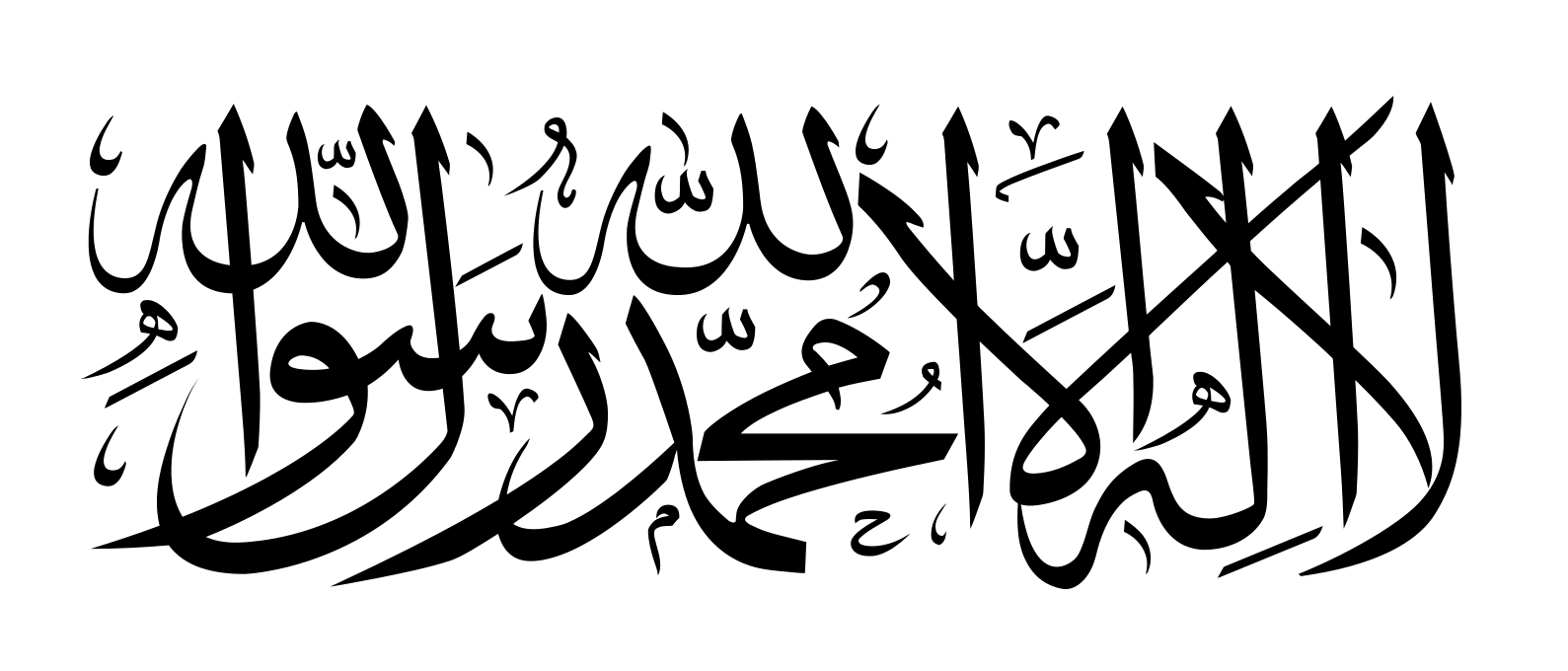 阿富汗
阿富汗
 埃及
埃及
 阿尔巴尼亚
阿尔巴尼亚
 阿尔及利亚
阿尔及利亚
 阿塞拜疆
阿塞拜疆
 巴林
巴林
 孟加拉国
孟加拉国
 贝宁
贝宁
 文莱
文莱
 布基纳法索
布基纳法索
 科特迪瓦
科特迪瓦
 吉布提
吉布提
 加蓬
加蓬
 冈比亚
冈比亚
 几内亚
几内亚
 几内亚比绍
几内亚比绍
 圭亚那
圭亚那
 印度尼西亚
印度尼西亚
 伊拉克
伊拉克
 伊朗
伊朗
 也门
也门
 约旦
约旦
 喀麦隆
喀麦隆
 哈萨克斯坦
哈萨克斯坦
 卡塔尔
卡塔尔
 吉尔吉斯斯坦
吉尔吉斯斯坦
 科摩罗
科摩罗
 科威特
科威特
 黎巴嫩
黎巴嫩
 利比亚
利比亚
 马来西亚
马来西亚
 马尔代夫
马尔代夫
 马里
马里
 摩洛哥
摩洛哥
 毛里塔尼亚
毛里塔尼亚
 莫桑比克
莫桑比克
 尼日尔
尼日尔
 尼日利亚
尼日利亚
 阿曼
阿曼
 伊斯兰合作组织
伊斯兰合作组织
 巴基斯坦
巴基斯坦
 巴勒斯坦
巴勒斯坦
 苏丹共和国
苏丹共和国
 沙特阿拉伯
沙特阿拉伯
 塞内加尔
塞内加尔
 塞拉利昂
塞拉利昂
 索马里
索马里
 苏里南
苏里南
 叙利亚
叙利亚
 塔吉克斯坦
塔吉克斯坦
 多哥
多哥
 乍得
乍得
 突尼斯
突尼斯
 土耳其
土耳其
 土库曼斯坦
土库曼斯坦
 乌干达
乌干达
 乌兹别克斯坦
乌兹别克斯坦
 阿拉伯联合酋长国
阿拉伯联合酋长国

 重要的国际组织
重要的国际组织
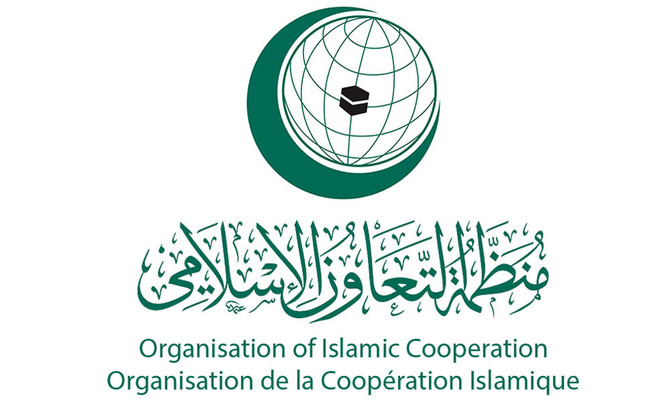
伊斯兰合作组织(阿拉伯语:منظمة التعاون الإسلامي;英语:Organisation of Islamic Cooperation;法语:Organisation de la coopération islamique)原名伊斯兰会议组织,是一个伊斯兰世界的政府间国际组织,为联合国大会观察员;该组织由遍及西亚(中东)、中亚、西非、北非、印度次大陆和东南亚的57个国家组成,覆盖的人口约为16亿。秘书处设在沙特阿拉伯王国的吉达市;现任秘书长是原沙特社会事务大臣Yousef Al-Othaimeen(从2016年开始)。
组织的宗旨是促进各成员国之间在经济、社会、文化和科学等方面的合作;努力消除种族隔离和种族歧视,反对一切形式的殖民主义;支持巴勒斯坦人民恢复民族权利和重返家园的斗争;支持穆斯林保障其尊严、独立和民族权利的斗争。
但要注意的是并非每个成员国是伊斯兰国家,如圭亚那、苏里南、莫桑比克、喀麦隆、乌干达和加蓬等国,伊斯兰反而是极少数人的信仰,阿尔巴尼亚则是唯一加入该组织的欧洲大陆的主权国家和联合国会员国,2011年脱离苏丹独立的南苏丹也在独立后脱离该组织的势力范围。
イスラム協力機構(イスラムきょうりょくきこう、アラビア語: منظمة التعاون الاسلامي、略称OIC; 英語: Organisation of Islamic Cooperation、略称OCI; フランス語: Organisation de la coopération Islamique)は、イスラム諸国をメンバーとして構成され、国際連合に対する常任代表を有する国際機構。公用語はアラビア語、英語、フランス語。かつてはイスラム諸国会議機構(منظمة المؤتمر الإسلامي、英語: Organisation of the Islamic Conference、フランス語: Organisation de la Conférence Islamique)という名称であったが、2011年6月にカザフスタンのアスタナでの会議で「イスラム協力機構」への変更と紋章が決定された[1]。
イスラム諸国の政治的協力、連帯を強化すること、イスラム諸国に対する抑圧に反対し、解放運動を支援することを目的とする。
加盟国はムスリム(イスラム教徒)が国民の多数を占める西アジア、北アフリカ、西アフリカ、東アフリカ、中央アジア、南アジア、東南アジアなどの57か国、オブザーバーが5ヵ国・8組織(国連など)からなり、世界13億人のムスリムの大部分を代表する。
加盟条件としては、国内でムスリムが大多数を占めることを必ずしも条件としているわけではなく、南アメリカのいくつかの国のようにマイノリティとしてある程度のムスリム人口を抱えているだけであっても、外相会議における審査で承認されればイスラム諸国のひとつとして機構に加盟することができる。イスラム教徒が多数派を占める国はほとんど参加しているが、イスラム教徒比率の高い国のうちエチオピア(30~50%)とタンザニア(約30%)が加盟していない。イスラム教徒人口の多い国で言えばインド(約1億5000万人)や中国(約2000万人)も加盟していない。逆にイスラム教徒比率の低い国ではガボン、ウガンダ、スリナム、ガイアナなどが加盟している(それぞれ10%未満)。
The Organisation of Islamic Cooperation (OIC; Arabic: منظمة التعاون الإسلامي; French: Organisation de la coopération islamique), formerly the Organisation of the Islamic Conference, is an international organization founded in 1969, consisting of 57 member states, with a collective population of over 1.8 billion as of 2015 with 53 countries being Muslim-majority countries. The organisation states that it is "the collective voice of the Muslim world" and works to "safeguard and protect the interests of the Muslim world in the spirit of promoting international peace and harmony".[1]
The OIC has permanent delegations to the United Nations and the European Union. The official languages of the OIC are Arabic, English, and French.
L’Organisation de la coopération islamique (OCI), en arabe : منظمة التعاون الإسلامي (Munaẓẓamat at-Taʿāwun al-islāmī), en anglais : Organisation of Islamic Cooperation (OIC), appelée jusqu'en 2011 Organisation de la conférence islamique (en arabe : منظمة المؤتمر الإسلامي, en anglais : Organisation of the Islamic Conference), est une organisation intergouvernementale créée le 25 septembre 1969. Son siège se situe à Djeddah en Arabie saoudite et elle possède une délégation permanente aux Nations unies.
Regroupant 57 États membres, sa vocation est de promouvoir la coopération dans les domaines économiques, sociaux, culturels et scientifiques (grâce notamment à la Banque islamique de développement), mais aussi la sauvegarde des lieux saints de l'islam ou encore le soutien au peuple palestinien. À l'échelle mondiale, il n'existe pas d'autre organisation confessionnelle dont les membres signataires soient des États.
Ses trois langues officielles sont l'arabe, l'anglais et le français2.
L'Organizzazione della cooperazione islamica (in arabo: منظمة التعاون الإسلامي, Munaẓẓamat al-taʿāwun al-islāmī; in inglese: Organization of the Islamic Cooperation, OIC; in francese: Organisation de la coopération islamique, OCI) è un'organizzazione internazionale con una delegazione permanente presso le Nazioni Unite. Rappresenta 56 Stati dell'Europa, Vicino Oriente, Medio Oriente, America meridionale, Africa, Asia centrale e del Subcontinente indiano.[1]
L'organizzazione, fondata a Rabat, in Marocco, il 25 settembre 1969 con il nome Organisation of the Islamic Conference, in arabo: منظمة المؤتمر الإسلامي, Munaẓẓamat al-muʾtamar al-islāmī; (FR) Organisation de la conférence islamique, mutato nell'attuale nel 2011.[2]
Ha come finalità la salvaguardia degli interessi e lo sviluppo delle popolazioni musulmane nel mondo.
Il 10 ottobre 1975 le è stato riconosciuto lo status di osservatore dell'Assemblea generale delle Nazioni Unite.
La Organización para la Cooperación Islámica (Árabe:منظمة التعاون الاسلامي); (Francés: Organisation de la Coopération Islamique); (Inglés: Organisation of Islamic Cooperation) es un organismo internacional que agrupa a los estados de confesión musulmana, creado en 1969 durante la Conferencia de Rabat y formalizada dos años después.
Su sede está en Yidda, ciudad costera de Arabia Saudí a orillas del Mar Rojo. Sus miembros son países con mayoría de población musulmana o con una comunidad significativa en ellos, con Estados miembros y observadores de África, Asia, Europa y América del Sur. El 28 de junio de 2011 se oficializó el cambio de nombre,1 anteriormente se llamó: Organización de la Conferencia Islámica (Árabe:منظمة المؤتمر الإسلامي); (Francés: Organisation de la Conférence Islamique); (Inglés:Organization of the Islamic Conference).
Sus acciones se circunscriben a la actividad colaborativa entre sus miembros, sobre todo en la lucha contra el imperialismo, el neocolonialismo y por la emancipación de Palestina. Históricamente se celebraron diversos congresos que contribuyeron con su desarrollo: Lahore (1974), La Meca (1981), Casablanca (1984), Kuwait (1987), Dakar (1991). Sus repercusiones son menores que las de la Liga Árabe.
Организация исламского сотрудничества (англ. Organisation of Islamic Cooperation (OIC), араб. منظمة التعاون الاسلامي) — международная организация исламских стран (до 2011 года называлась Организация Исламская конференция (ОИК).
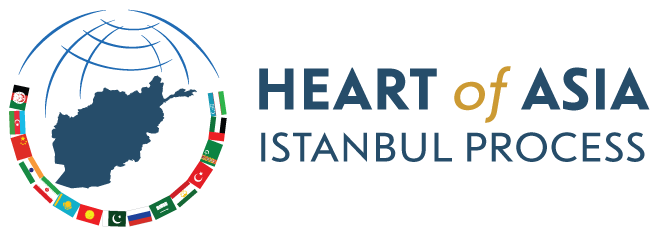

 能源
能源
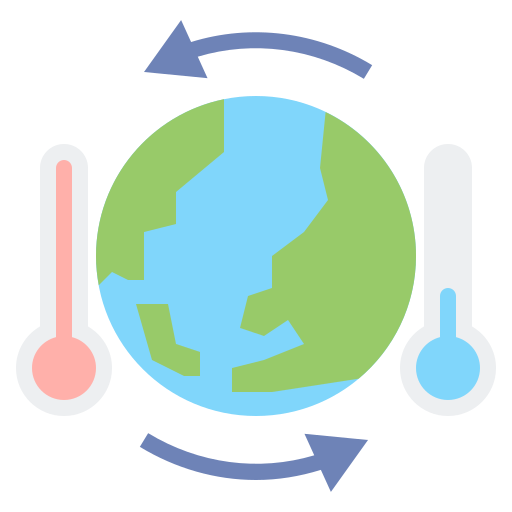 气候
气候

 教育和研究
教育和研究
